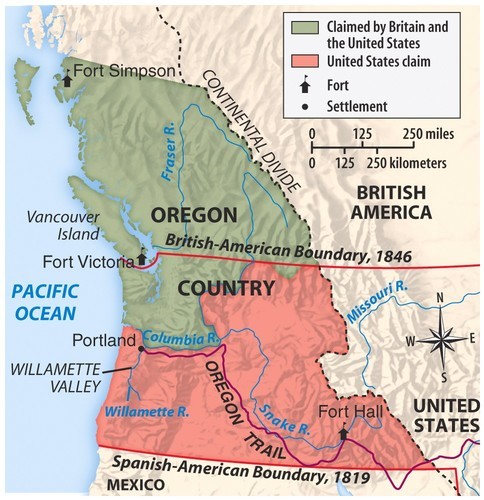Scientists Predict 2019 – 2024 Will Be the Year of Massive Earthquakes
Scientists have warned there could be a big increase in numbers of devastating earthquakes around the world from 2019 – 2024. They believe variations in the speed of Earth’s rotation could trigger intense seismic activity, particularly in heavily populated tropical regions.
 According to Science Mag, Earth’s rotation began to slow nearly five years ago, which means that if this theory is true, 2019 to 2024 could bring five to ten more magnitude 7+ earthquakes than usual.
According to Science Mag, Earth’s rotation began to slow nearly five years ago, which means that if this theory is true, 2019 to 2024 could bring five to ten more magnitude 7+ earthquakes than usual.
Not only does the new study suggest when there could be an uptick in quakes, it also points to where: near the equator, within a latitude of 30º north or south. It makes sense that this would be the danger zone because any given point along the equator — the planet’s widest point — rotates up to 1,000 mph (1,600 k/h) faster than a point closer to the poles, so a slowdown in the overall spin would be more powerful along that midline.
About four years ago, the Earth’s rotation slowed slightly. Although the decrease was not enough to notice, the Earth’s slower rotation may spark an increase in severe earthquakes for 2018, researchers from University of Colorado Boulder predicted in the fall.
According to the team’s research, which they presented at the Geological Society of America annual meeting in Seattle this October, there may be a trend between slower Earth rotations and more global earthquakes. Over the past 100 years, there was a 25 to 30 percent increase in the number of significant earthquakes associated with a slowdown in the Earth’s rotation.
The link between Earth’s rotation and seismic activity was highlighted last month in a paper by Roger Bilham of the University of Colorado in Boulder and Rebecca Bendick of the University of Montana in Missoula presented at the annual meeting of the Geological Society of America.
The Iran-Iraq quake occurred at about 33º north latitude, exceeding that cartographic limit, but not by much.
This year may not only bring more earthquakes than usual, it may also bring bigger quakes. We are also soon due for “The Really Big One,” where the Juan de Fuca oceanic plate might collide under the North American plate, causing a severe quake that would affect coastal Washington, Oregon, British Columbia and Northern California. A new study published this October created 50 possible simulations for how the natural disaster may unfold.
According to calculations, these plates collide every 500 years or so. With the last big earthquake occurring in 1700, the area is due for a repeat any year now, The New Yorker reported in 2015.
Although such fluctuations in rotation are small – changing the length of the day by a millisecond – they could still be implicated in the release of vast amounts of underground energy, it is argued.
“The correlation between Earth’s rotation and earthquake activity is strong and suggests there is going to be an increase in numbers of intense earthquakes next year,” Bilham told the Observer last week.
In their study, Bilham and Bendick looked at earthquakes of magnitude 7 and greater that had occurred since 1900. “Major earthquakes have been well recorded for more than a century and that gives us a good record to study,” said Bilham.
READ MORE : A giant mega-quake lurking under Bangladesh and beyond

